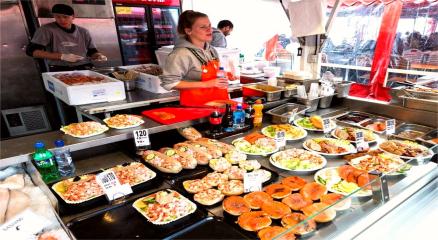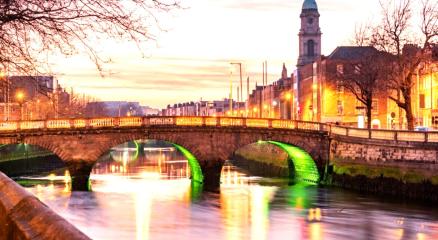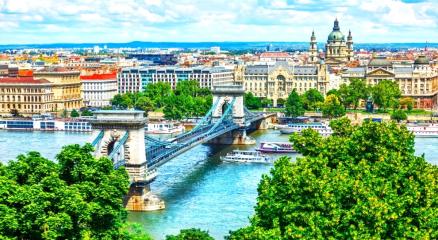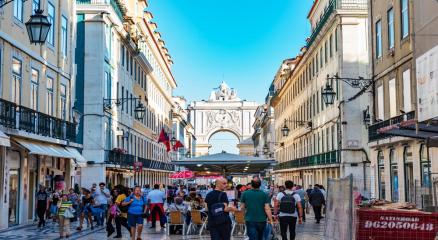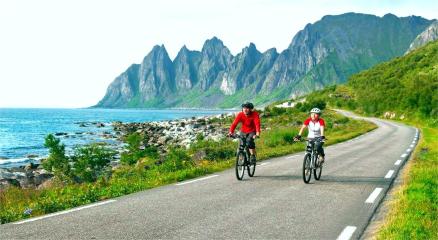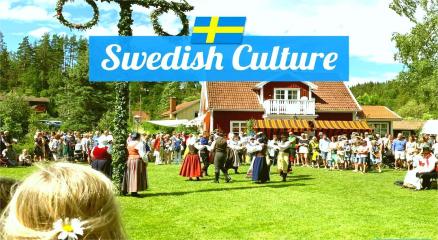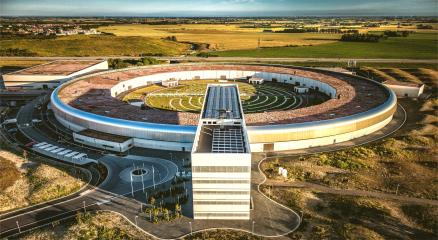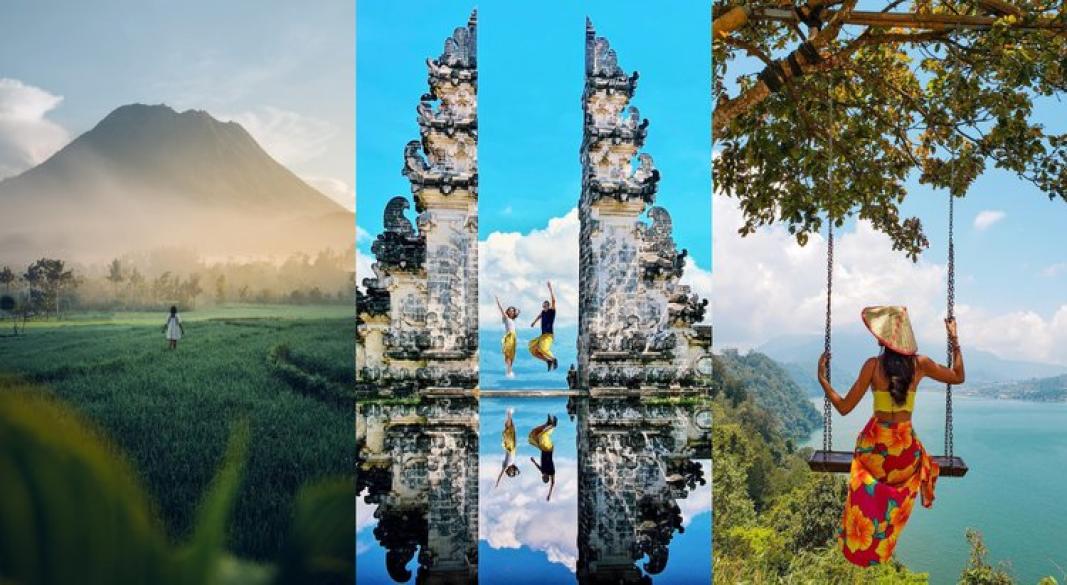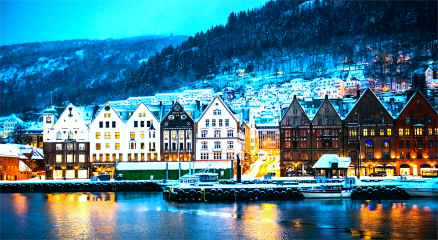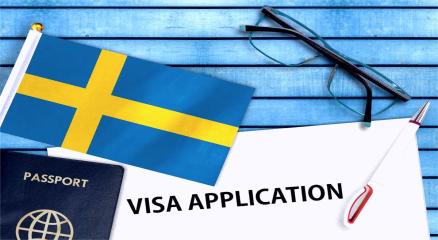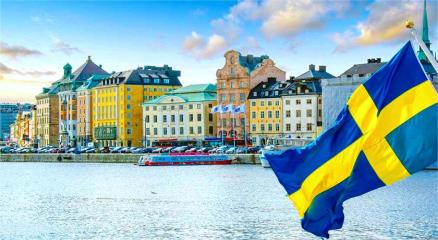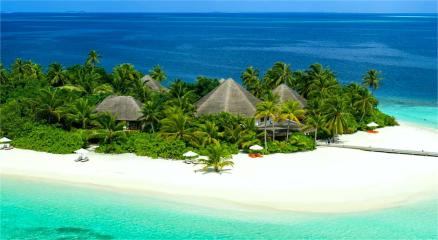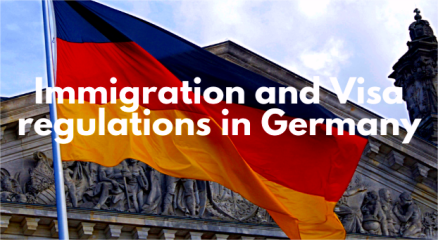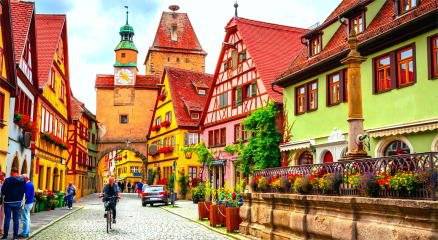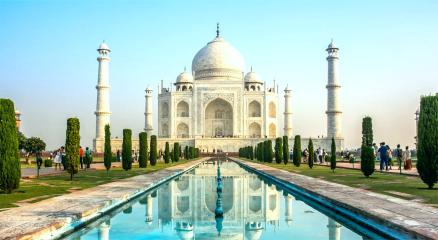Day 1: Arrival & Seminyak Beach — Relax and Get Acquainted
Morning:
Welcome to Bali! After landing at Ngurah Rai International Airport in Denpasar, you’ll want to head to your accommodation. For budget travelers, Seminyak is a great choice — it’s lively but not overly touristy, with plenty of affordable guesthouses and hostels. Use a local shuttle service or a Blue Bird taxi (trusted and metered) to avoid overpriced rides.
Tip: Always agree on transport prices beforehand or insist on meters.
Afternoon:
Once settled, walk over to Seminyak Beach. This beach is famous for its soft sand, gentle waves, and stunning sunsets. It’s free to access and perfect for unwinding after your flight. You can rent a cheap sunbed for about $2 if you want comfort.
If you’re feeling adventurous, watch local surfers or try paddleboarding (rentals around $10/hr).
Evening:
Head to the Seminyak Night Market or small local eateries nearby. Street food like nasi goreng (fried rice), mie goreng (fried noodles), and satay skewers are delicious and usually cost under $2–3 per meal.
Day 2: Cultural Immersion in Ubud — Art, Monkeys & Rice Fields
Morning:
Travel to Ubud, Bali’s cultural heart. You can take a budget shuttle, or if you feel confident, rent a scooter (always wear a helmet!). The drive takes about 1.5 hours through lush jungle scenery.
Start at the Sacred Monkey Forest Sanctuary ($5 entrance). It’s a beautiful, shaded forest where you can observe playful long-tailed macaques. Be cautious—don’t carry food openly, and keep your belongings safe from cheeky monkeys.
Tip: Visit early in the morning to avoid crowds and heat.
Afternoon:
Explore the famous Tegallalang Rice Terraces, a UNESCO-listed landscape famous for its stunning layered fields. There’s no entry fee, but small donations are welcome. Walk along the paths, snap pictures, and enjoy the calm rural vibe.
Afterward, visit Ubud Palace and Ubud Market for arts, crafts, and souvenirs. Practice your bargaining skills for better prices.
Evening:
Dine at a warung in Ubud. Try babi guling (roast suckling pig) or vegetarian gado-gado (vegetable salad with peanut sauce). Meals typically cost $3–5.
Day 3: Spiritual Sites and Natural Wonders
Morning:
Start early at Tirta Empul Temple, known for its holy spring water where locals perform purification rituals. Participate respectfully if you wish. Entry is cheap (around $2). It’s a fascinating cultural experience and peaceful place.
Tip: Wear modest clothes and bring a sarong (can be rented or bought nearby).
Afternoon:
Visit Tegenungan Waterfall, about 30 minutes from Ubud. The waterfall is a refreshing escape with a natural pool for swimming (entry fee ~$1.50). The path down involves some steps, so wear comfortable shoes.
Bring a towel and water shoes if you plan to swim.
Evening:
Return to Seminyak or stay another night in Ubud. For dinner, look for local cafés offering healthy Balinese meals or vegan options at affordable prices.
Day 4: Surf & Sunset – Canggu & Tanah Lot
Morning:
Head to Canggu, a laid-back beach town popular with surfers and digital nomads. The beach is great for beginners wanting to surf (board rental + lesson about $10–15). Or just chill in one of the many hip cafés.
Tip: Try a fresh coconut drink from local vendors to stay hydrated.
Afternoon:
Explore nearby rice fields and take a walk through the countryside to see Bali’s everyday life. Many locals welcome visitors to their farms and might offer fresh fruits or snacks.
Evening:
Make your way to Tanah Lot Temple, perched on a rocky outcrop in the sea. It’s Bali’s iconic sunset spot and a must-see. Entry fee is about $3. Arrive early to secure a good photo spot.
Tip: Bring a light jacket—it can get breezy near the sea.
Day 5: Local Markets and Last-Minute Exploration
Morning:
Spend your last morning at Ubud Market or Seminyak Flea Market. This is perfect for last-minute souvenir shopping—handicrafts, clothes, jewelry—all budget-friendly. Practice bargaining and enjoy chatting with local vendors.
Afternoon:
Relax in a café or explore any missed attractions nearby. If you have time, visit a local spa for an affordable Balinese massage (starts from $10 for 1 hour).
Evening:
Prepare for your departure. Arrange a taxi or shuttle to the airport. If your flight is late, many hostels offer luggage storage so you can explore without dragging bags.
Extra Budget Travel Tips for Bali
-
Accommodation: Use platforms like Booking.com or Agoda for guesthouse deals. Dorm beds or private rooms range from $8–$25 per night.
-
Transport: Renting a scooter is the cheapest way to get around. Use apps like Gojek or Grab for food delivery and short rides.
-
Food: Warungs serve authentic meals at unbeatable prices. Avoid touristy restaurants to save money.
-
Currency: Always carry small bills for easier transactions.
-
Respect: Dress modestly at temples and remove shoes when required.
-
Health: Drink bottled water and avoid street food that looks too risky.
Final Words
Bali is a magical island that offers something for everyone—even travelers on a tight budget. With this detailed 5-day itinerary, you get a perfect mix of adventure, culture, relaxation, and local experiences without overspending.
Remember, the best trips are about experiencing local life and being open to new adventures. Pack your bags, keep an open heart, and enjoy Bali’s charm without hurting your wallet.




